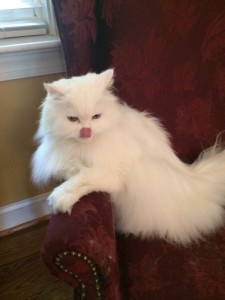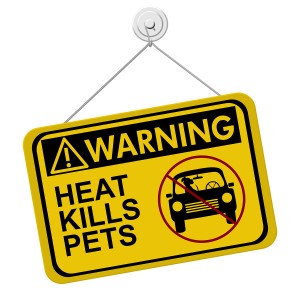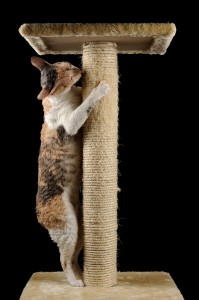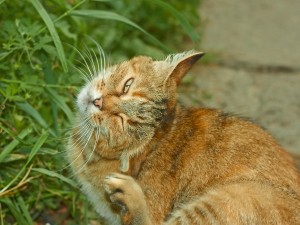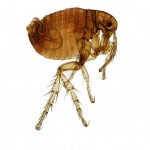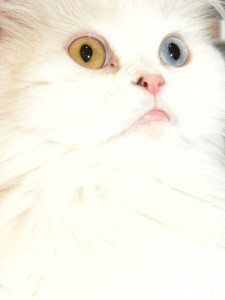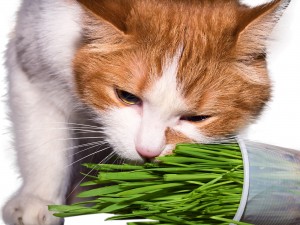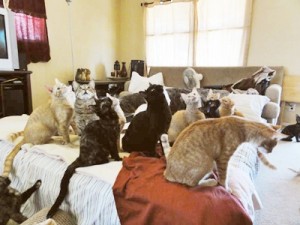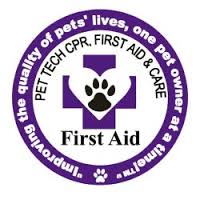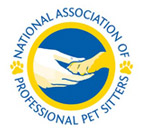“Really Slider, I need to get you a breath mint!” moaned my owner. What she calls bad-breath, I prefer to think of as aromatic exhalation. After I eat tuna, fish, or other pungent scrap, my breath mimics that lovely smell! If she only knew the bad breath our neighbor’s senior cat has. His is caused by tartar and serious gum disease. A lot of older cats get this because they don’t brush their teeth. Me, I prefer GREENIES, a crunchy treat that scrapes off some of the tartar that contributes to halitosis.
Bad breath can also be the result of a mouth ulcer, mouth sores or even cancer. This is why owners should take their kitties to the vet to rule out any major issues. I was just at the vet earlier today, being tested for: Feline leukemia and feline aids. These both cause bad breath and my owner wanted to rule out any possible culprits!
As we sat in the examination room, my gaze fell upon the pamphlet my owner was reading:
“The following symptoms will require veterinary attention:
• Excessive brownish tartar on your cat’s teeth, especially when accompanied by drooling, difficulty eating and red, inflamed gums, could indicate serious dental or gum disease.
• Unusually sweet or fruity breath could indicate diabetes, particularly if your cat has been drinking and urinating more frequently than usual.
• Breath that smells like urine can be a sign of kidney disease.
• An unusually foul odor accompanied by vomiting, lack of appetite, and yellow-tinged corneas and/or gums could signal a liver problem.
• Pawing at the mouth
• Loss of appetite, runny nose or eyes, lethargy, oral disease, and bad breath may indicate Feline Leukemia”
Now I am petrified that I have that weird word “gingivitis” or even Leukemia! My eyes widen when the vet tech comes in to examine me. The worst is when she pries open my mouth open, causing me to gag as she pokes and prods. Possibly, she is looking for the scrap of tuna I wedged behind my back teeth for later. “Good job Slider. No tartar on those teeth!”
They take some blood and stool samples, both highly unpleasant. Another long wait, then the vet comes back and states “Everything looks good to me. I checked the blood work and Slider is a very healthy cat!” My owner thanks the her and we head out to the car, me stuffed in a stupid cat carrier.
“Well my dear, my dear, looks like you will be sipping on some Parsley tea to freshen that breath!” Fine by me, I growl, just don’t try to brush my teeth because I will attack anything that comes near my mouth.
Recipe for Parsley Tea Breath-Freshener:
Pick up some Parsley from the organic section of your grocery store. Pinch off several sprigs and place in hot water. Remove the parsley after 5 minutes, and let the tea cool. If your pet will drink this, that’s great. If not, put it in a spray bottle and spritz that dog or cat in the mouth.
Another odor reducer involves putting 2 drops of lemon juice in the water bowl. This will neutralize odor-causing bacteria in the cats mouth.
